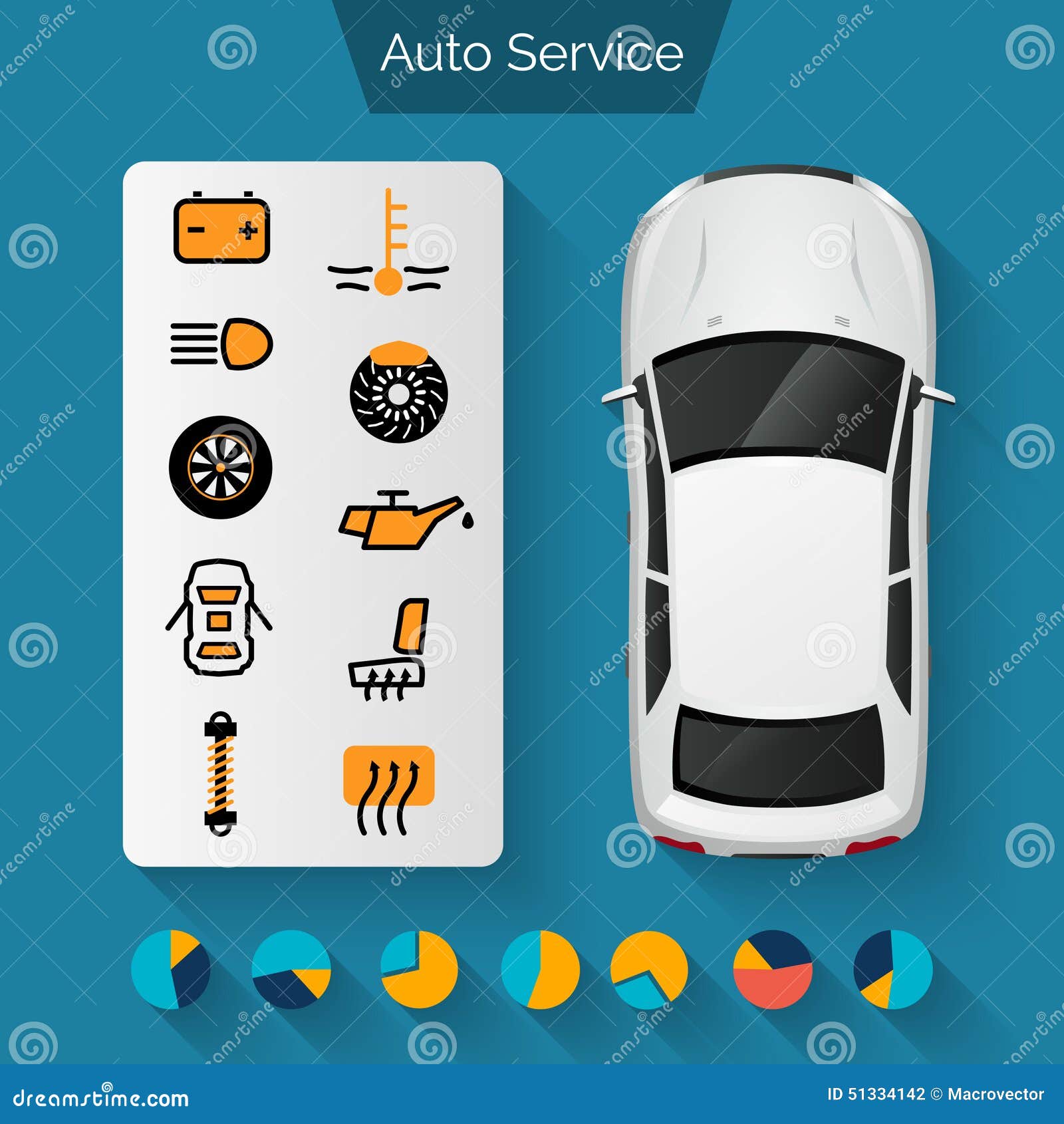Eager To Know What The Control Panel Caution Lights In Your Cars And Truck Indicate? Explore Their Definitions For The Health And Safety And Security Of Your Automobile
Eager To Know What The Control Panel Caution Lights In Your Cars And Truck Indicate? Explore Their Definitions For The Health And Safety And Security Of Your Automobile
Blog Article
Created By-Sykes Shepherd
When you lag the wheel, those radiant warning lights on your control panel can be a bit difficult. Do Suggested Website understand what they're trying to inform you regarding your auto's wellness? Recognizing the relevance of these lights is essential for your safety and the longevity of your vehicle. So, the next time one of those lights pops up, would not you want to analyze its message accurately and take the necessary steps to resolve it?
Common Caution Lighting and Interpretations
Identify common warning lights in your vehicle and comprehend their definitions to make certain safe driving.
The most common caution lights consist of the check engine light, which signifies concerns with the engine or emissions system. If this light begins, it's essential to have your automobile inspected immediately.
The oil stress warning light indicates reduced oil pressure, needing prompt interest to stop engine damage.
A blinking battery light may suggest a defective charging system, potentially leaving you stranded otherwise attended to.
The tire pressure tracking system (TPMS) light notifies you to low tire stress, affecting car security and gas effectiveness. Disregarding this might result in harmful driving problems.
The ABS light indicates a trouble with the anti-lock braking system, endangering your capability to quit quickly in emergency situations.
Lastly, the coolant temperature level warning light warns of engine getting too hot, which can lead to extreme damage if not dealt with promptly.
Recognizing these usual caution lights will assist you resolve problems without delay and maintain risk-free driving problems.
Significance of Prompt Focus
Understanding the usual caution lights in your auto is just the very first step; the value of without delay resolving these warnings can not be stressed enough to ensure your security on the road.
When Read Home Page brightens on your dashboard, it's your vehicle's way of communicating a potential concern that needs attention. Overlooking these cautions can cause more serious issues in the future, jeopardizing your safety and potentially costing you much more in repairs.
Trigger focus to warning lights can prevent failures and accidents. For example, a flashing check engine light might indicate a misfire that, if left neglected, might cause damage to the catalytic converter. Resolving https://eduardosoicx.webbuzzfeed.com/31634227/finding-neighborhood-quality-a-trip-to-quality-auto-repair-service-shops-near-you without delay can conserve you from an expensive fixing.
In a similar way, a brake system cautioning light could signal reduced brake fluid or worn brake pads, vital elements for your security when driving.
Do It Yourself Troubleshooting Tips
If you see a warning light on your dashboard, there are a few do it yourself repairing tips you can attempt prior to looking for expert aid.
The first step is to consult your car's handbook to recognize what the certain warning light suggests. Often the concern can be as simple as a loose gas cap triggering the check engine light. Tightening up the gas cap may settle the problem.
car scratch coating is a reduced battery, which can set off various advising lights. Examining the battery links for rust and guaranteeing they're safe and secure may fix the issue.
If a caution light persists, you can try resetting it by separating the auto's battery for a few mins and then reconnecting it. In addition, examining your automobile's liquid levels, such as oil, coolant, and brake liquid, can assist troubleshoot cautioning lights related to these systems.
Conclusion
In conclusion, recognizing your cars and truck's warning lights is crucial for maintaining your car running efficiently and securely. By immediately addressing these signals and knowing what they indicate, you can stay clear of expensive fixings and possible break downs.
Remember to consult your vehicle's guidebook for certain information on each cautioning light and do something about it accordingly to guarantee a trouble-free driving experience.
Keep educated, remain risk-free when driving!
